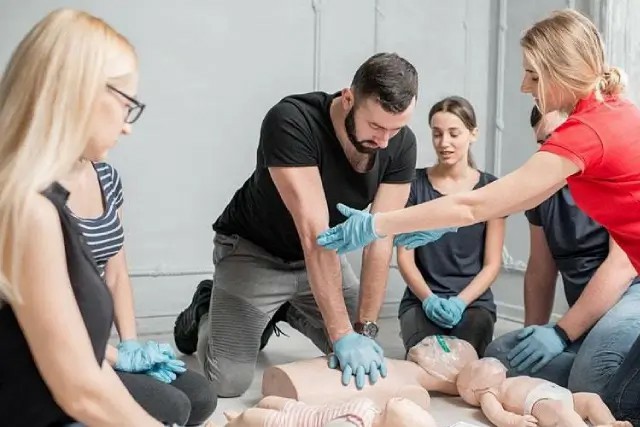


 349,500 Offered Certificates
349,500 Offered Certificates
 24/7 Online Training
24/7 Online Training
 Money Back Guarantee
Money Back Guarantee
 Fully Accredited Courses
Fully Accredited Courses

Created at: 25-02-2025 19:57
In today’s fast-paced work environments, ensuring the safety and well-being of employees is more critical than ever. Adequate preparation for emergencies through First Aid training and CPR certification can significantly reduce workplace injuries and fatalities. This comprehensive guide explores the benefits and importance of investing in First Aid and CPR courses to boost workplace safety, meet compliance requirements, and empower employees.
Accidents are unpredictable, and having trained personnel ready to respond can make all the difference when emergencies arise. First Aid training equips employees with the skills and knowledge necessary to effectively handle various medical emergencies, enhancing workplace protection. Here are some key reasons why First Aid training is a must:
Cardiopulmonary resuscitation (CPR) is a critical skill in emergency response. Effective CPR can save lives in cases of cardiac arrest, drowning, or choking. Here’s why CPR certification is necessary:
Compliance with health and safety regulations is not just a legal obligation; it's a moral responsibility. Employers must ensure that they meet local workplace First Aid requirements. Engaging in First Aid training and obtaining First Aid certification demonstrates commitment to regulatory standards and employee welfare:
Knowing how to respond in a medical emergency can save lives. Here’s a simplified guide to some essential emergency first aid procedures:
There are several options for employers looking to implement First Aid training. Deciding between an online First Aid course and in-person training depends on factors like employee preferences, workplace environment, and available resources:
Investing in First Aid training and CPR certification is more than an obligation; it’s a commitment to ensuring a safer workplace. Implement comprehensive training programs tailored to your team's needs to cultivate a culture of safety and preparedness. For more information on enrollment in our certified First Aid & CPR training courses, contact us today at [email protected]. Together, we can make your workplace a safer environment for everyone.